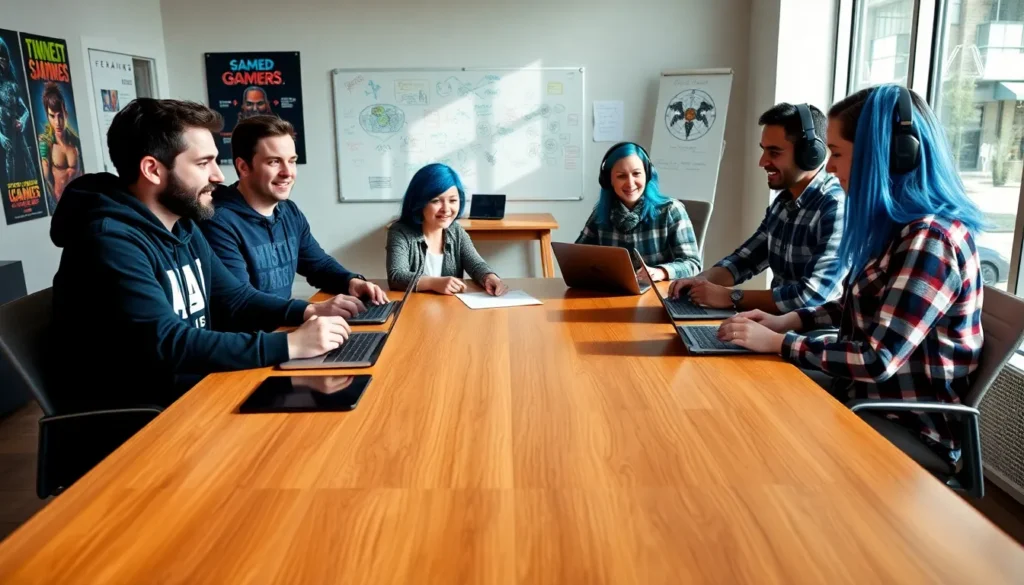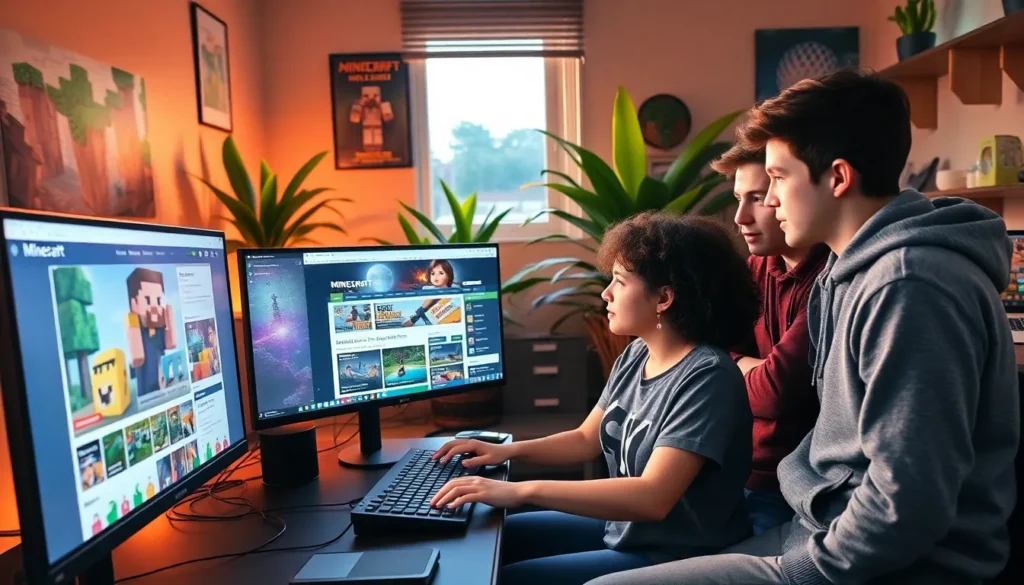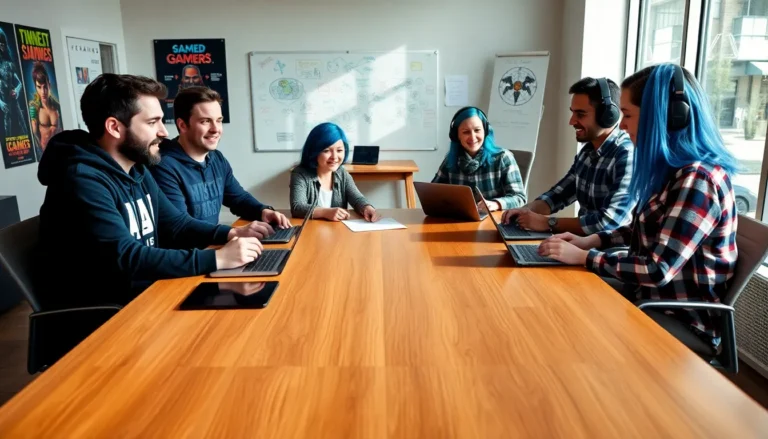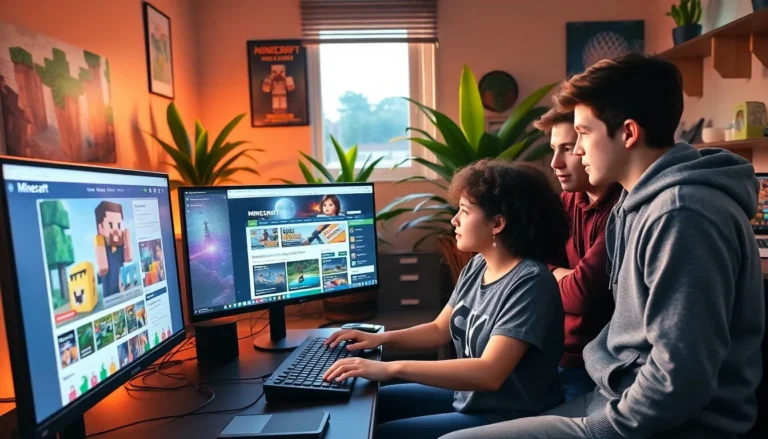Table of Contents
ToggleIn the digital age, email can often feel like a double-edged sword. On one hand, it’s a communication powerhouse: on the other, it can quickly become a cluttered mess. Whether you’re sending a quick note or orchestrating a major project, mastering email is vital. What if we told you that the secret to efficient email management is just a few tips away? Here’s your chance to learn how to transform email chaos into clarity, while keeping it light and even a bit fun. Who knew emails could be exciting? Let’s immerse.
Understanding the Importance of Email Communication

Email communication continues to be a cornerstone of professional interactions. Unlike instant messages or social media posts, emails provide a formal channel for sharing information and perspectives. They can capture detailed thoughts that chatting might miss. Every carefully crafted email serves as a digital footprint, creating a lasting impression on recipients. This makes it crucial for everyone involved to recognize the power of their words.
Also, email allows for asynchronous communication. Imagine sending a message and getting a detailed reply when the recipient has had the chance to reflect. That’s the beauty of email: it respects individual schedules while still facilitating meaningful discussions.
Benefits of Effective Email Management
Effectively managing emails brings several advantages to the table. First up is productivity. A well-organized inbox allows individuals to prioritize and respond promptly. He or she who masters this art can react swiftly in a fast-paced work environment.
Crafting Professional Emails
When it comes to crafting professional emails, there’s a delicate balance between friendliness and formality. Using greetings like “Hi,” or “Dear” sets the tone. But, the body should remain straightforward and focused on the subject matter. Bullet points can be lifesavers here, breaking down information into digestible snippets.
Common Mistakes to Avoid
Common blunders in email writing can derail communication. Typographical errors give a casual impression: no one wants to appear unprofessional. Overusing jargon can confuse the reader. Equally important is knowing when to click “Reply All”, sometimes, just “Reply” is the way to go. Mismanaging recipient lists can turn a simple message into an unnecessary frenzy.
Best Practices for Email Etiquette
Email etiquette is more than a set of rules: it’s about showing respect to the recipients. Being mindful of tone is key. Humor doesn’t always translate well in written form, so choosing words carefully is crucial to avoid misunderstandings. Also, keep it concise. Long-winded emails may lose the reader’s interest before the main point is reached.
Always proofread. A quick once-over can catch those pesky errors that sneak in. Add a subject line that reflects the content accurately. It’s the first impression your email gives, so make it count. In professional settings, also remember to include a signature with your details, that makes it easier for recipients to connect back with you.
Utilizing Email for Collaboration and Networking
Email is an excellent tool for collaboration and networking when used wisely. Whether sharing documents or updates, emailing keeps everyone on the same page.
Networking opportunities often arise through email campaigns. Personalized emails to former colleagues or industry contacts can rekindle old connections. Following up builds rapport and opens doors to new collaborations. Always put your best foot forward, even a simple thank you email can yield significant results.
Tools and Technologies for Email Efficiency
Leverage technology to enhance email efficiency. Various tools exist designed to help streamline the email management process. For example, email clients with filters categorize messages automatically, preventing inbox overload. Calendar integrations allow setting meetings through emails, turning messages into actions effortlessly.
Also, apps like Boomerang or FollowUpThen can remind users to manage follow-ups effectively. Embracing these technologies simplifies routine tasks, allowing users to focus more time on substantive projects.







